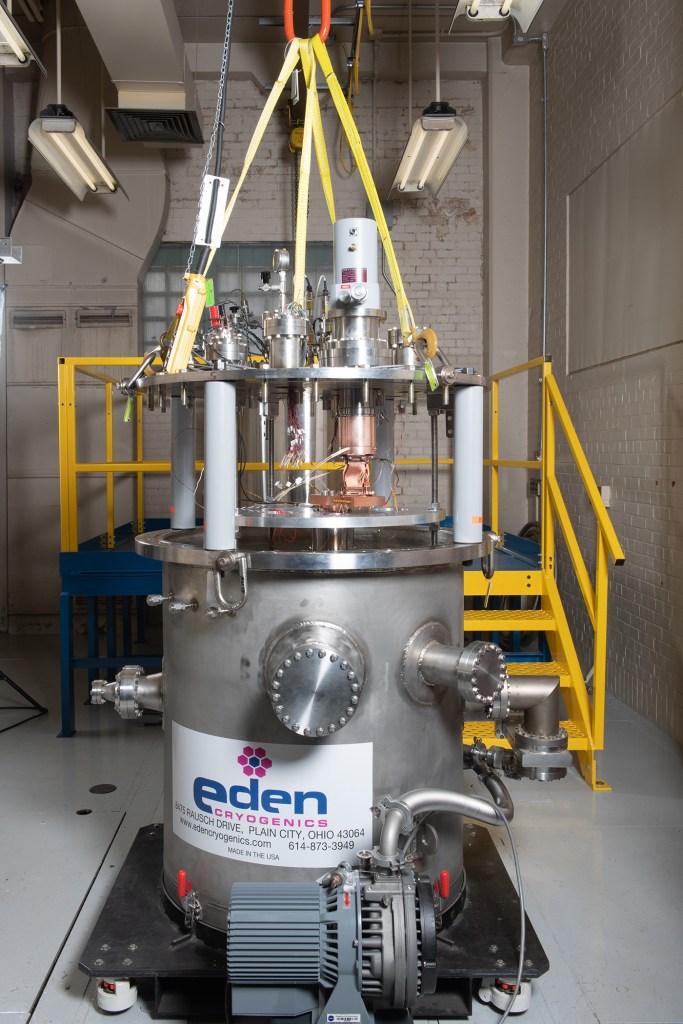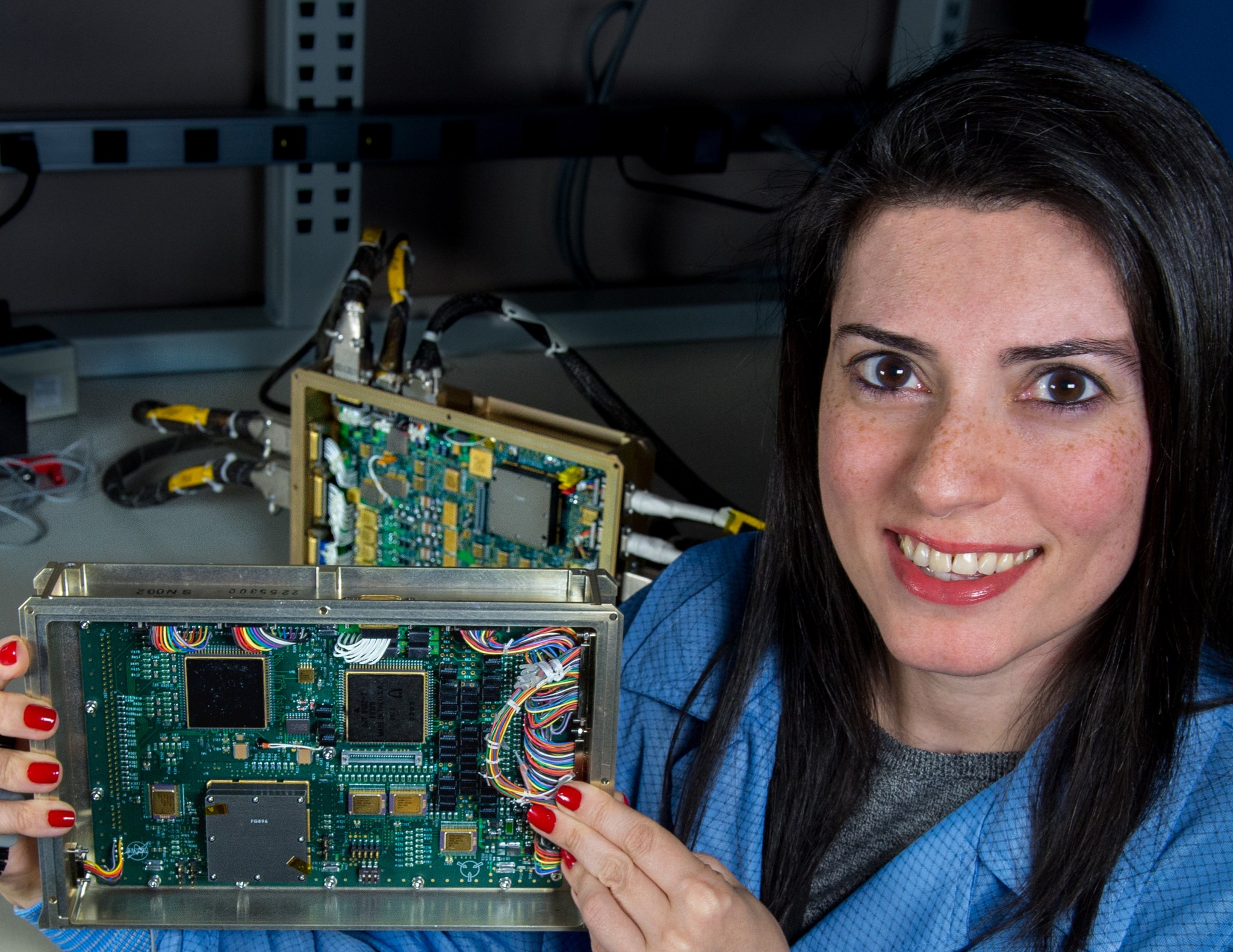In just two years’ time, a team of NASA engineers accomplished what some thought impossible: the group created a smaller, more capable “brain” for smaller spacecraft.
Led by Project Manager and Chief Engineer Noosha Haghani, who works at NASA’s Goddard Space Flight Center in Greenbelt, Maryland, the team leveraged years of knowledge gained during the development of NASA’s Magnetospheric Multiscale mission, or MMS, to design a significantly smaller electronics system.
Dubbed MUSTANG, short for the Modular Unified Space Technology Avionics for Next Generation missions, the technology acts as the mission’s brain and central nervous system, controlling every function needed to gather scientific data from a Small Explorer-type mission. This includes everything from spacecraft command and data handling to attitude control, power, and propulsion, to name just a few tasks. The team also developed a variation of the system — iMUSTANG — for instrument electronics and, like its sibling, it allows users to choose different capabilities depending on instrument needs.
“Key to MUSTANG’s success has been the integration of hardware and software design from day one,” said Deputy Director of Goddard’s Applied Engineering and Technology Directorate and former MMS Project Manager Craig Tooley, who spearheaded the effort. “It provides maximum processing performance and is highly flexible.”
Two Versions Developed
Through their use of mix-and-match electronics cards, the two MUSTANG variations give NASA mission and instrument developers a smaller, highly modular, off-the-shelf avionics system that can be customized to meet virtually any smaller-mission requirement — and, better yet, at a reduced cost, Haghani added. While inappropriate for some large, flagship-style spacecraft, MUSTANG suits cost-constrained, yet high-performance missions, Haghani said.
“One of our goals was to create an avionics system that mission planners would not have to redesign for each mission,” said Pete Spidaliere, a Goddard engineer who participated in MUSTANG’s development. “We wanted to give the center a new way of doing things,” Haghani added. “In the past, everyone wanted to start from scratch and develop their own avionics systems, which is expensive. By using MUSTANG and iMUSTANG, developers can focus their time and resources on their missions and instruments, not the electronics running them.”
Already, the two MUSTANG variations have attracted users. NASA’s Pre-Aerosols Clouds and Ocean Ecosystems mission, or PACE, and the Global Ecosystems Dynamics Investigation, or GEDI, have selected MUSTANG to run their operations and are funding the development of additional capabilities that could be used in other future NASA missions. Meanwhile, one of PACE’s baselined instruments, the Ocean Color Instrument, or OCI, plans to employ iMUSTANG.
MMS Heritage
The effort to craft a modular avionics system began about two years ago just as Goddard engineers were putting the finishing touches on the four spacecraft that make up NASA’s MMS mission.
It became obvious to Tooley, who formerly served as MMS project manager, that the center could reduce the cost of spacecraft electronics — traditionally an expensive, multi-million-dollar undertaking — and become more competitive by offering an off-the-shelf, ala-carte avionics system that users could customize to meet their own needs.
“The motivation is to keep board redesign costs to a minimum,” Haghani said.
Smaller by Half
Taking MMS’s avionics system, the MUSTANG team reduced by half the size of the housing box and began designing and testing a core set of cards controlling vital spacecraft functions. Since then, the group created 22 lightweight, highly capable cards, including one that controls higher-speed communications of up to 1.2 gigabits per second. MUSTANG was born.
“We took the MMS designs, shrunk them down, and added some powerful capabilities,” Spidaliere said, adding that the team cut costs by a factor of three and crafted a system that is lighter and more robust than anything built before at Goddard.
“One of the great things about this effort and Noosha’s team is that they did the impossible,” Spidaliere added, alluding to the effort that resulted in a wholly new avionics system in less than two years. “It never dawned on them that this couldn’t be done.”
For more Goddard technology news, go to https://gsfctechnology.gsfc.nasa.gov/newsletter/Current.pdf



























